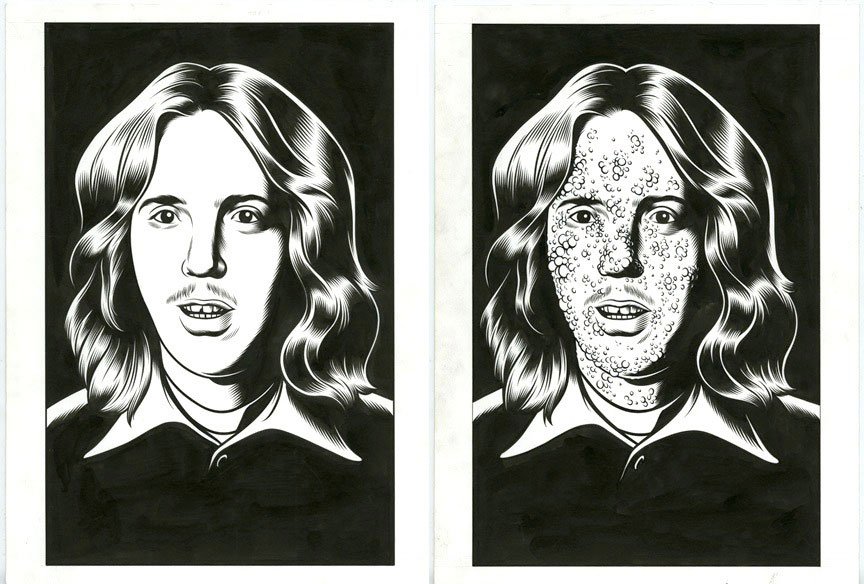

One of the things that’s so unique about it is how many of the teenagers look the same. Black Hole‘s artwork is nothing short of stunning. In Charles Burns’ graphic novel, Black Hole, medical issues sometimes run secondary to teenage concerns (image credit = )įor graphic novels, I always like to evaluate the art and the writing separately.

At the same time, the comics focus on a small and select group of these teens and follows them through crushes, first love, sex, jealousy, teenage ennui, rebellion, and interests in drugs, art, music, and counterculture. Other teens have their facial features transformed into furry creature faces. People develop tiny mouths on their neck, feet, and back. Or they meet someone with a tail and don’t really see it as that unusual. For example, they pass out and hallucinate that they are falling into a black hole. The teens notice an outbreak of strange medical phenomena. Black Hole by Charles BurnsĮssentially, Black Hole is about a group of teens in the Seattle suburbs during the mid-1970s. Let me back up and try to give you a passable summary. Yet it is absolutely a must-read litmus test for your opinions on sexuality, medicine, infectious disease, love, and the suburban teen experience. It is almost a Rorschach ink blot where it means different things to everyone.

This is partially because Burns’ novel, now considered a landmark classic in the history of modern-day graphic novels and comics, truly defies categorization. While I was reading the novel, I fluctuated between so many emotions-wonder, boredom, disgust, fascination, repulsion, transcendence. It seems impossible to write a book review of Charles Burns’ Black Hole, a graphic novel compendium of a comics series from 1995-2005.


 0 kommentar(er)
0 kommentar(er)
